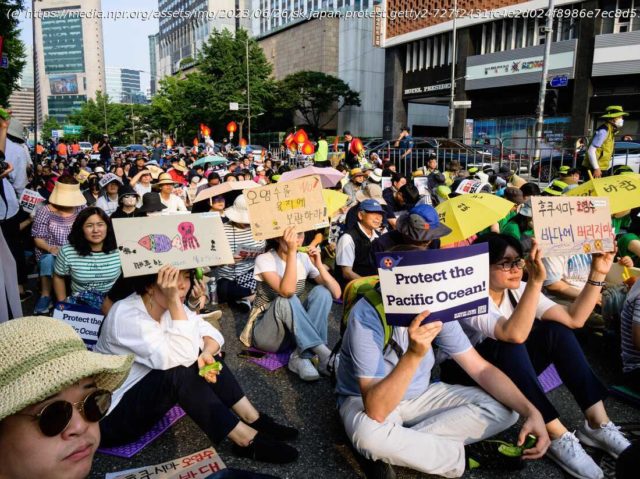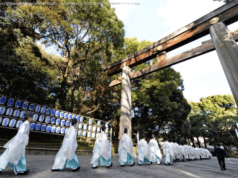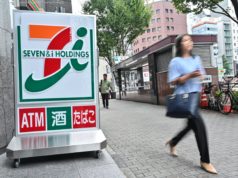Array
For 30 years, Choi Jeong-hee has been selling olive flounder, rockfish and live octopus at the bustling Gwangjang traditional market in the heart of Seoul. But come July, he fears he may have to switch to another business.
As Japan plans to release treated radioactive water from the crippled Fukushima nuclear power plant into the sea this summer, South Koreans concerned about its effect on the marine environment and seafood are buying less fish and stocking up on sea salt.
«Compared to last year, sales have more than halved,» Choi says.
The impending water discharge can threaten the fragile rapprochement between the two neighboring countries that began earlier this year, following a long period of tension over historical disputes.
After the nuclear meltdown triggered by a magnitude 9.0 earthquake and tsunami in 2011, Japan has stored the cooling water for nuclear fuel and rain and groundwater seeping through the damaged reactor building in large tanks. In 2021, the country decided to release the water, expecting its storage capacity to run out soon.
Its plan is to purify the water using a filtering system called Advanced Liquid Processing System, or ALPS, and dilute it with more than 100 times’ quantity of sea water.
Director General Rafael Mariano Grossi of the International Atomic Energy Agency (IAEA) said after the plan’s announcement, «The method Japan has chosen is both technically feasible and in line with international practice.»
An IAEA task force, which includes experts from 11 countries, is conducting a review of the discharge plan and process.
Japan recently completed construction of an underwater tunnel, through which the treated and diluted water will flow into the ocean for the next 30 years. A two-week-long test run of the tunnel is expected to end this week.
According to a recent joint survey by South Korea’s Hankook Ilbo and Japan’s Yomiuri Shimbun newspapers, 84% of South Koreans disapproved of the release.
As some Koreans rushed to buy salt before the release, out of concerns about potential health risks, the number of retail orders at the National Federation of Fisheries Cooperatives branch in Sinan county, which produces 80% of the nation’s sea salt, jumped a hundredfold in recent days compared to a year ago.
As of June 23, the average retail price for sea salt rose to 14,562 Korean won (slightly more than $11) for 5 kilograms, from 11,224 won (about $8.60) last year, according to data compiled by the Korea Agro-Fisheries and Food Trade Corporation.
The South Korean government claims there’s no sign of widespread stockpiling and attributes the price spike to the declining volume of salt production due to heavy rains this spring.
Домой
United States
USA — Japan As Japan prepares to release Fukushima wastewater, anxiety grows across South Korea






